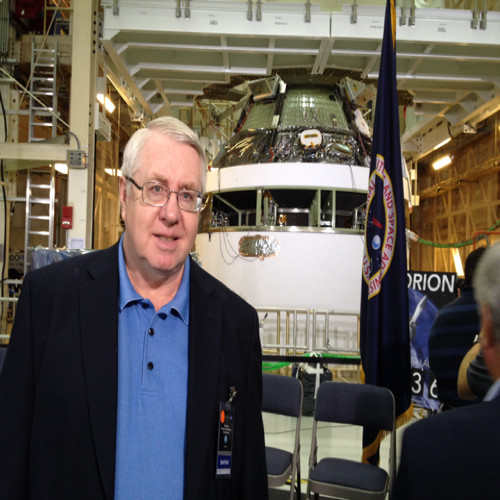NRO Spacecraft In Wrong Orbit

Courtesy of Aviation Week & Space Technology and Aviationnow.com
Two top secret National Reconnaissance Office (NRO) ocean surveillance spacecraft were fired into the wrong orbit June 15 when the 200-foot-tall Atlas V rocket they were riding on stopped firing too early in space following launch from Cape Canaveral, Fla.
The top secret satellites separated safely from the malfunctioning booster, however, and have enough rocket propellant to continue their mission, an official said on background.
The U.S. Air Force, which managed the Atlas V launch, and the NRO have begun an official investigation into the launch and malfunction. The $83 million Atlas V used in the launch is a model 401 with no solid rocket boosters.
“The Atlas V people have a lot of explaining to do,” the official said on background. The flight was the first NRO secret mission for the new Atlas V Evolved Expendable Launch Vehicle.
The two spacecraft are critical to tracking ships that may conceal al Qaeda terrorists. The new spacecraft will also track Iranian and Chinese sea-based military operations.
The Atlas V is built by Lockheed Martin and uses a Lockheed Martin Centaur upper stage with a Pratt & Whitney RL10 rocket engine powered by liquid oxygen and liquid hydrogen. United Launch Alliance (ULA) now runs the Atlas program and managed the launch in conjunction with NRO and the Air Force’s 45th Space Wing that operates Cape Canaveral Air Force Station.
The Atlas V first stage powered by liquid oxygen and kerosene fired normally and then fell away. The Centaur was then ignited for the first of two firings. Two cameras on board the Centaur radioed back spectacular real-time images of the first stage falling away and ignition of the Centaur against a vivid blue Earth horizon. The vehicle flew north off the U.S. east coast toward a high-inclination orbit.
The Centaur completed the first firing normally to place the spacecraft in a correct initial orbit. The vehicle then coasted about halfway around the world where the Centaur RL10 engine was fired a second time about an hour after liftoff.
This time, however, the Centaur did not fire for as long as it was scheduled to. The exact parameters involved are still secret.
The spacecraft may have to use their onboard propellant to maneuver into a higher orbit, which could affect their mission life. Whether that is the case is still being determined by NRO.
It is not yet known whether the malfunction occurred in the engine itself or in electronics associated with the engine and overall stage.
The flight lifted off from Launch Complex 41 at the Cape at 11:12 a.m. EDT.
An unrelated NRO spacecraft was lost in late 2006 after it was launched successfully from Vandenberg Air Force Base on a Delta II rocket. But that spacecraft, involved with the Future Imaging Architecture program, had a serious malfunction of its own.








